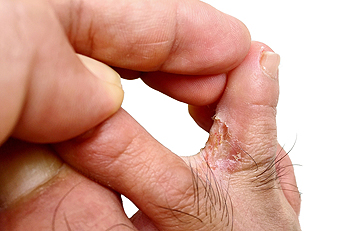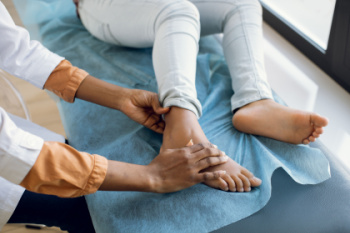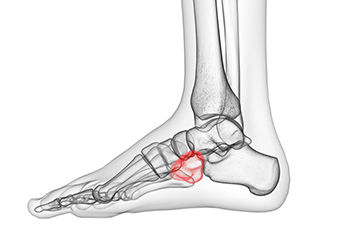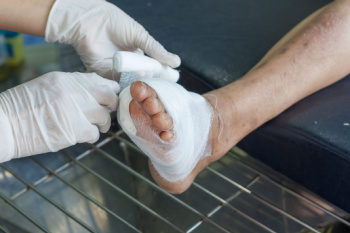Athlete’s foot, also known as tinea pedis, is a fungal infection of the skin of the feet. The fungus that causes athlete’s foot lives and thrives in warm, moist environments such as public swimming pools, locker rooms, and showers. This fungus can infect the feet through a cut or crack in the skin. Athlete’s foot is also highly contagious, and the fungus can spread from person to person through sharing personal items such as shoes, socks, or towels.
The symptoms of athlete’s foot include itching, stinging, or burning between your toes or on the soles of your feet, itchy foot blisters, and dry, cracked, or peeling skin on the feet. The infection can also spread to your toenails, leading to discoloration, thickening, and crumbling.
Through a physical examination, athlete’s foot can be diagnosed by your chiropodist based on its symptoms. Sometimes, a skin test may be ordered to confirm the diagnosis. Athlete’s foot can be treated with both oral and topical over-the-counter or prescription medications. You can prevent a fungal infection by maintaining good foot hygiene, wearing shoes when walking in public areas, avoiding sharing personal items with others, and keeping your feet clean and dry.





